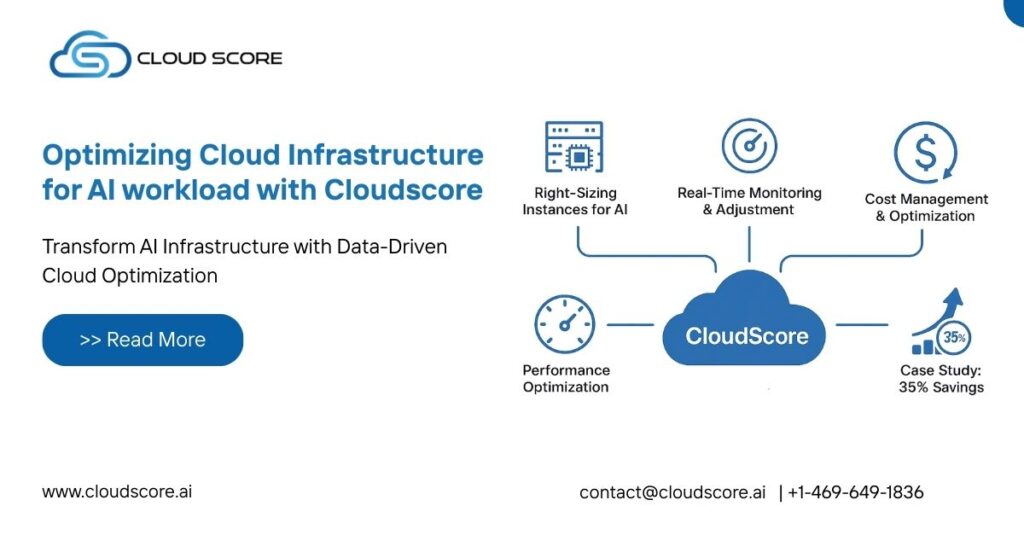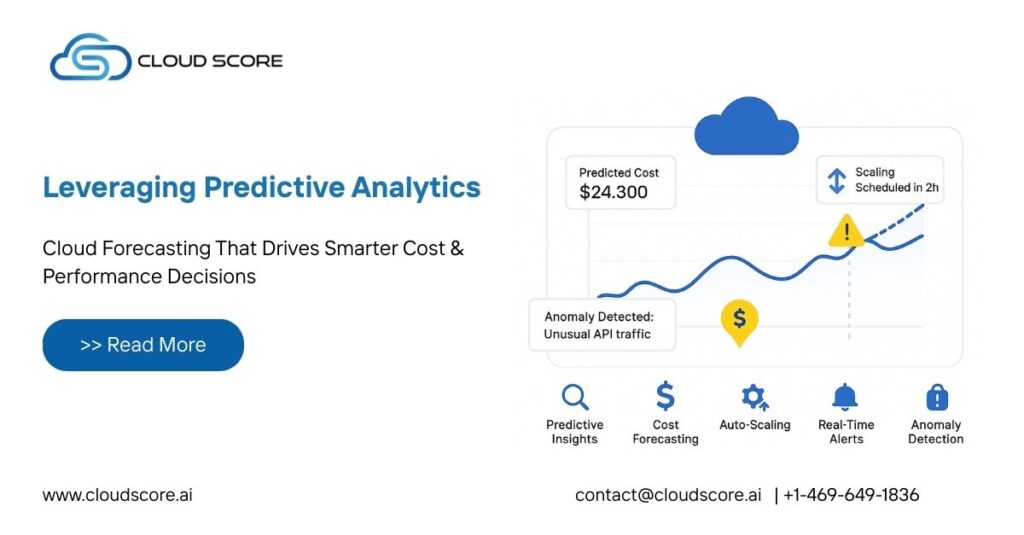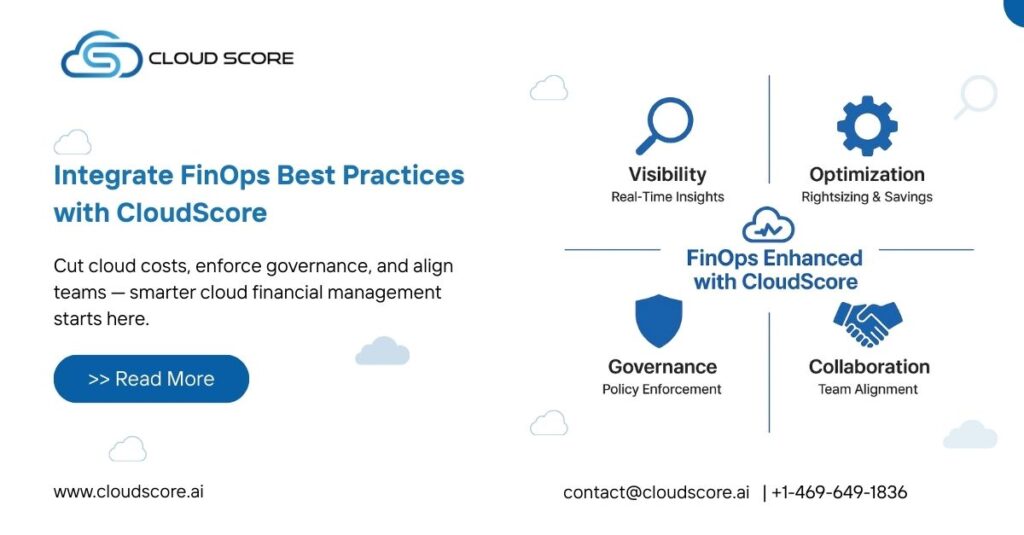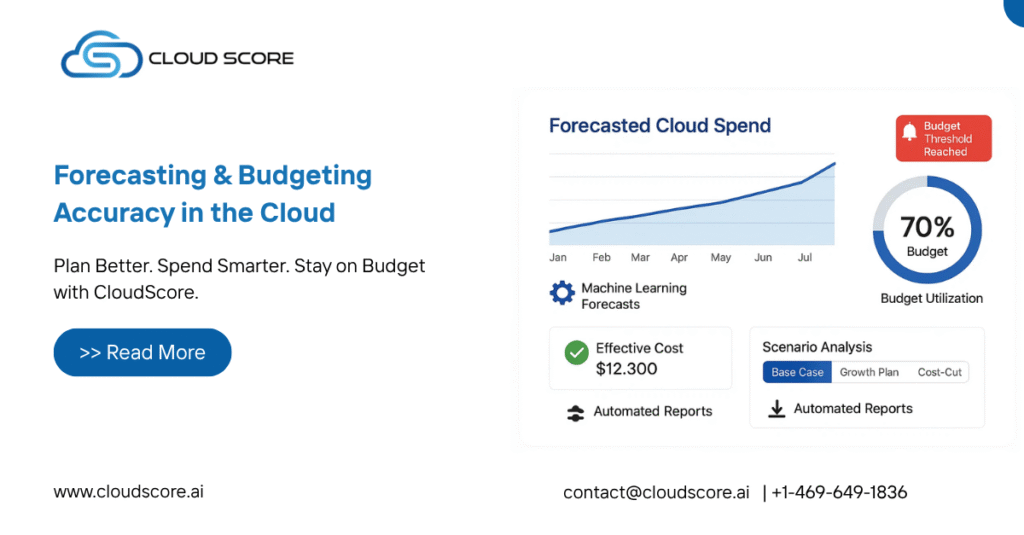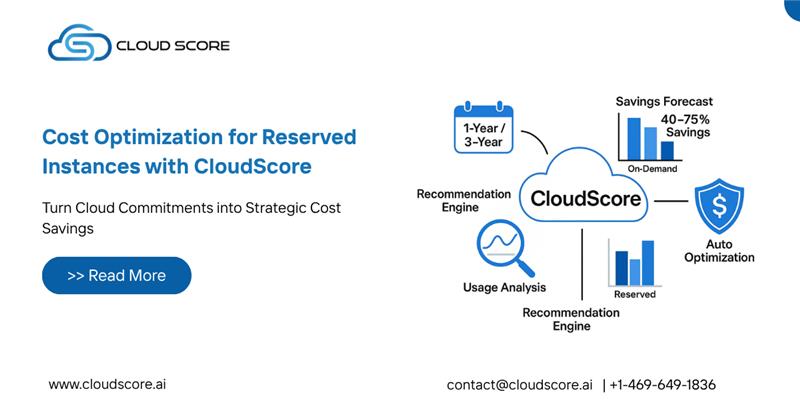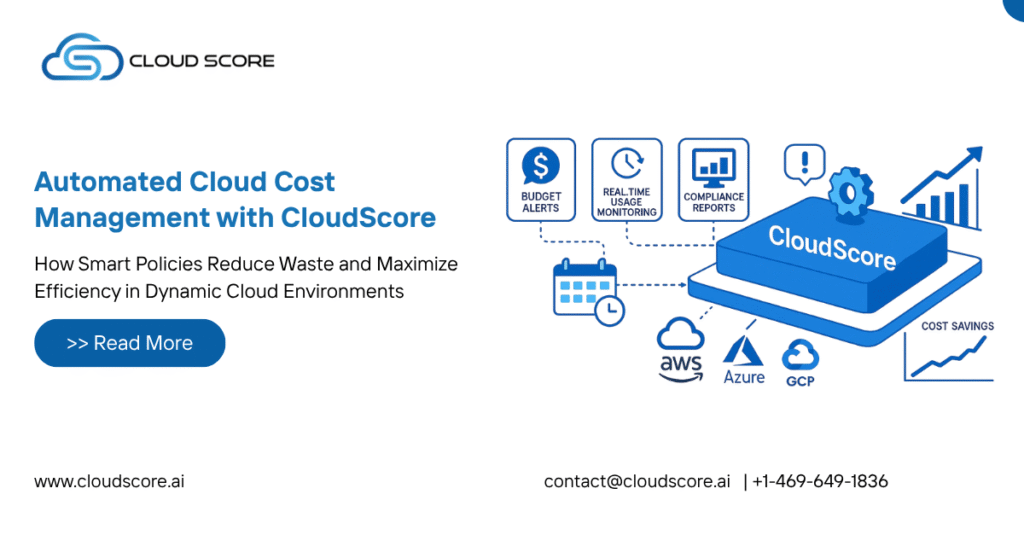Sustainability Reporting with CloudScore: Tracking and Reducing Cloud Carbon Footprint
As businesses increasingly adopt cloud technologies, the environmental impact of their operations becomes a critical consideration. Organizations are now prioritizing sustainability, aiming to minimize their carbon footprint and adhere to emerging regulatory requirements. CloudScore, a leading cloud cost optimization platform, offers comprehensive tools for tracking and managing cloud sustainability metrics. In this article, we’ll explore how CloudScore can help your organization achieve its sustainability goals by providing insights into carbon emissions and power consumption, and offering strategies for reduction. The Importance of Sustainability in Cloud Operations Sustainability in cloud operations is crucial for several reasons: Environmental Responsibility: Reducing carbon emissions and power consumption is essential for mitigating the environmental impact of cloud services. Regulatory Compliance: Many regions are introducing regulations that require businesses to report and reduce their carbon footprint. Cost Savings: Efficient resource utilization not only reduces carbon emissions but also lowers operational costs. Corporate Image: Demonstrating a commitment to sustainability can enhance a company’s reputation and appeal to environmentally conscious customers and stakeholders. How CloudScore Facilitates Sustainability Reporting CloudScore provides a robust suite of tools designed to help organizations track, manage, and reduce their cloud carbon footprint. Here’s how CloudScore supports sustainability efforts: Tracking Carbon Emissions CloudScore tracks carbon emissions by monitoring resource utilization across cloud environments. This includes measuring the energy consumption of various services and converting it into carbon dioxide equivalent (CO2e) metrics. Detailed Emission Metrics: CloudScore provides detailed metrics on carbon emissions for popular cloud services, including compute, storage, and data transfer. Visualization Tools: The platform offers intuitive dashboards that visualize carbon emissions over time, allowing organizations to identify trends and areas for improvement. Monitoring Power Consumption In addition to carbon emissions, CloudScore tracks power consumption, providing insights into the energy usage of cloud resources. Power Metrics: CloudScore calculates power consumption in kilowatt-hours (kWh) based on actual resource utilization, offering a clear view of energy usage. Comparative Analysis: Organizations can compare power consumption across different cloud services and regions, identifying opportunities for optimization. Integrating Sustainability Goals with Financial Performance CloudScore enables organizations to align their sustainability goals with financial performance, ensuring that efforts to reduce carbon footprint are also cost-effective. Cost and Carbon Correlation: The platform correlates cost data with carbon emissions and power consumption, highlighting the financial impact of sustainability initiatives. Optimization Recommendations: CloudScore provides actionable recommendations for optimizing resource usage to achieve both cost savings and carbon reduction. Reporting and Compliance To support regulatory compliance and corporate sustainability reporting, CloudScore generates comprehensive reports on carbon emissions and power consumption. Regulatory Reports: CloudScore’s reports are designed to meet the requirements of various regulatory bodies, simplifying the compliance process. Customizable Dashboards: Organizations can customize dashboards to display key sustainability metrics relevant to their specific goals and reporting needs. Real-World Example: A Case Study Consider a global retail company that operates a vast network of online stores and uses cloud services extensively for its operations. The company aimed to reduce its carbon footprint and comply with new environmental regulations. By leveraging CloudScore’s sustainability reporting capabilities, the company set out to achieve its sustainability goals. Step 1: Tracking Emissions and Power Consumption CloudScore integrated with the company’s cloud infrastructure, tracking carbon emissions and power consumption across all cloud services. This provided a comprehensive view of the company’s environmental impact. Step 2: Identifying Optimization Opportunities Using CloudScore’s detailed metrics and visualization tools, the company identified areas where resource usage was inefficient. For instance, certain compute instances were running at low utilization, leading to unnecessary energy consumption and emissions. Step 3: Implementing Optimization Strategies CloudScore recommended strategies such as rightsizing instances, leveraging renewable energy sources offered by cloud providers, and scheduling non-critical workloads during off-peak hours to reduce energy usage. The company implemented these recommendations, resulting in significant reductions in both carbon emissions and operational costs. Step 4: Reporting and Compliance CloudScore generated detailed reports that met the requirements of the environmental regulations applicable to the company. These reports were used to demonstrate compliance and showcase the company’s commitment to sustainability. Outcome Within a year, the company achieved a 30% reduction in carbon emissions and a 25% decrease in power consumption. The optimization strategies not only improved environmental sustainability but also resulted in substantial cost savings. The company was able to present its sustainability achievements to stakeholders, enhancing its corporate image and satisfying regulatory requirements. Achieving sustainability in cloud operations is essential for reducing environmental impact, complying with regulations, and improving corporate reputation. CloudScore’s advanced tools and capabilities make it easy to track carbon emissions, monitor power consumption, and implement optimization strategies. By leveraging CloudScore, organizations can align their sustainability goals with financial performance, ensuring that efforts to reduce carbon footprint are both effective and cost-efficient. Track and reduce your cloud carbon footprint with AI-powered insights. Start your free CloudScore trial and make sustainability cost-efficient. Request a Demo | Start Free Trial | Contact Experts See more Blogs: Cloud Infrastructure | Predictive Analytics | Integrating FinOps | Forecasting | Automated Cost Management | Cloud Cost Optimization

